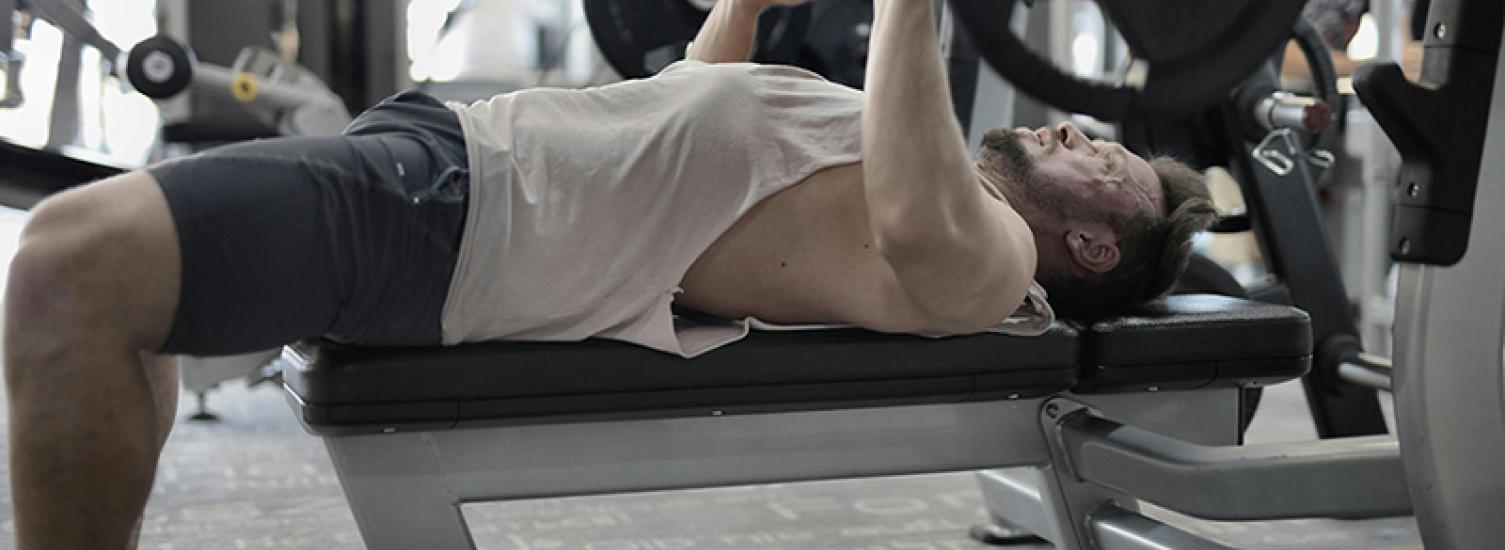
Testosterone, the primary male sex hormone, plays a crucial role in various bodily functions, including muscle growth, bone health, and sexual function. As men age, their testosterone levels naturally decline, leading to a condition known as hypogonadism. This condition can manifest in a variety of symptoms, including fatigue, decreased libido, and muscle loss. Testosterone replacement therapy (TRT) is a treatment option that can help restore hormone levels and alleviate these symptoms.
The Role of Exercise in TRT
Exercise is a powerful tool that can complement TRT and enhance its benefits. When combined with TRT, regular physical activity can:
- Increase muscle mass and strength: Testosterone stimulates muscle protein synthesis, leading to increased muscle mass and strength. Exercise further amplifies this effect by triggering muscle growth and repair.
- Improve bone density: Both TRT and exercise can help increase bone mineral density, reducing the risk of osteoporosis and fractures.
- Boost energy levels: Regular physical activity can increase energy levels and reduce fatigue, which are common symptoms of low testosterone.
- Enhance mood: Exercise has been shown to improve mood and reduce symptoms of depression and anxiety.
- Improve sexual function: Both TRT and exercise can enhance sexual desire, arousal, and performance.
Types of Exercise for TRT
To maximize the benefits of exercise, it's important to choose activities that target different muscle groups and fitness components. Here are some effective exercise types for men on TRT:
- Resistance training: This involves lifting weights or using resistance bands to build muscle mass and strength. It's crucial to focus on compound exercises that work multiple muscle groups, such as squats, lunges, push-ups, and pull-ups.
- Cardiovascular exercise: This includes activities like running, cycling, swimming, and brisk walking. Cardiovascular exercise helps improve heart health, increase endurance, and burn calories.
- High-intensity interval training (HIIT): This involves short bursts of intense exercise followed by periods of rest or low-intensity activity. HIIT is a time-efficient way to improve cardiovascular fitness and burn fat.
Tips for Maximizing Results
To get the most out of your exercise routine while on TRT, consider the following tips:
- Consult with a healthcare provider: Before starting any new exercise program, it's important to consult with your healthcare provider, especially if you have any underlying health conditions.
- Start slowly and gradually increase intensity: Begin with a moderate level of exercise and gradually increase the intensity and duration of your workouts over time.
- Listen to your body: Pay attention to your body's signals and avoid overtraining. Rest and recovery are essential for optimal performance and muscle growth.
- Proper nutrition: A balanced diet rich in protein, carbohydrates, and healthy fats can support muscle growth and recovery.
- Hydration: Stay hydrated by drinking plenty of water throughout the day, especially during and after exercise.
- Adequate sleep: Aim for 7-9 hours of quality sleep each night to optimize hormone production and muscle repair.
By combining TRT with a well-rounded exercise program, men can experience significant improvements in their overall health, well-being, and quality of life.
If you're experiencing symptoms of low testosterone, consider consulting with a healthcare provider to discuss TRT and exercise options. At HRTDoctor.com, our team of experienced professionals can help you develop a personalized treatment plan to meet your specific needs.
